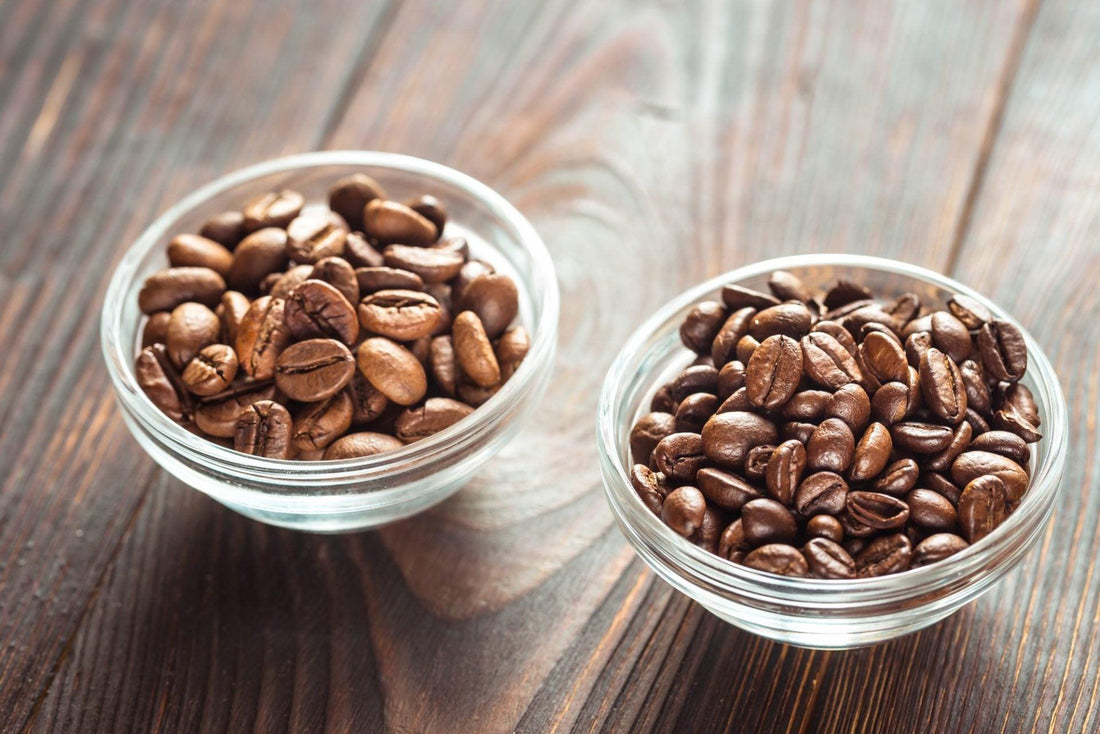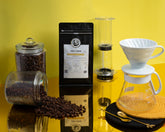Coffee, the elixir of life for many, boasts a rich and complex history. But behind that steaming cup lies a battle between two titans: Arabica and Robusta. While both are coffee beans, Arabica enjoys a clear price advantage. But why? Buckle up, coffee enthusiasts, for a deep dive into the world of coffee beans, where we uncover the secrets behind Arabica's price tag.
Cultivating the Difference: A Tale of Two Beans
Arabica and Robusta stem from entirely different coffee plant species. Arabica, the more delicate bean, thrives in high altitudes (think 2,000 feet and above) with specific temperature ranges and consistent rainfall. These "diva" plants demand well-drained, fertile soil and shade protection. Robusta, on the other hand, is a survivor. It flourishes at lower altitudes, tolerates harsher climates, and resists pests and diseases with ease.
This inherent difference in cultivation difficulty translates directly to yield. Robusta plants are workhorses, producing significantly more beans per tree. Arabica, the prima ballerina of the coffee world, takes its sweet time, offering a lower yield per tree.
Flavor Profile: A Symphony vs. A Punch
The journey from bean to cup reveals another key difference. Arabica beans are prized for their smooth, balanced flavor with a wide range of subtle notes. Think fruity, chocolatey, or even floral – a symphony for your taste buds. Robusta, while boasting a higher caffeine content, has a harsher, more bitter taste. Imagine a powerful, one-note rock ballad compared to a nuanced orchestral masterpiece.
The Price of Perfection: A Matter of Supply and Demand
Now, let's talk economics. Here's where the delicate Arabica bean takes another hit. Due to its demanding cultivation needs and lower yield, the supply of Arabica beans is naturally limited. This limited supply, coupled with its superior taste profile, fuels higher demand. In the world of economics, you know what that means – higher prices. Robusta, on the other hand, with its higher yield and easier cultivation, is more readily available. This abundance translates to a lower price point.
Beyond the Bean: A Multifaceted Market
The price disparity between Arabica and Robusta isn't just about the bean itself. The specialty coffee market, where connoisseurs seek out unique, high-quality beans, almost exclusively focuses on Arabica. Arabica's diverse flavor profiles cater perfectly to this discerning audience, willing to pay a premium for a superior cup. Robusta often finds its place in instant coffees or commercial blends, where the focus is on affordability and a stronger caffeine kick.
A Match Made in Mug: The Art of Blending
While Arabica reigns supreme, Robusta isn't without its merits. Some roasters strategically blend Robusta with Arabica. This can add a touch of crema (the foamy layer on top of espresso) or a slight caffeine boost without sacrificing the smooth Arabica taste. Think of it as a supporting actor who enhances the performance of the lead – Arabica, of course!
The Final Grind: Choosing Your Perfect Cup
So, which bean is right for you? If you crave a smooth, flavorful cup and appreciate the nuances of specialty coffee, Arabica is your champion. But if affordability and a bold caffeine punch are your priorities, Robusta might be your perfect match. For the adventurous coffee drinker, a skillfully crafted blend can offer the best of both worlds.
Beyond the Basics: Additional Factors Affecting Coffee Bean Price
Our exploration wouldn't be complete without mentioning some additional factors that can influence coffee bean prices:
- Fair Trade and Sustainability: Ethically sourced beans that prioritize fair wages for farmers and sustainable practices often command a premium.
- Origin and Processing: Coffee beans from specific regions, like Kona or Blue Mountain, are renowned for their unique flavors and often fetch higher prices. The processing method, such as wet processing or natural sun drying, can also impact the final price.
- Seasonality and Availability: Like any agricultural product, coffee bean prices can fluctuate based on seasonal yields and global market conditions.
In Conclusion: A Toast to the Perfect Cup
Whether you're a die-hard Arabica aficionado or a Robusta enthusiast, understanding the reasons behind coffee bean prices empowers you to make informed choices. So, the next time you savor that perfect cup, take a moment to appreciate the journey of the bean – from its demanding cultivation to its meticulous roasting. After all, a great cup of coffee is a symphony of flavor, and Arabica, the delicate diva, often plays the lead role.








